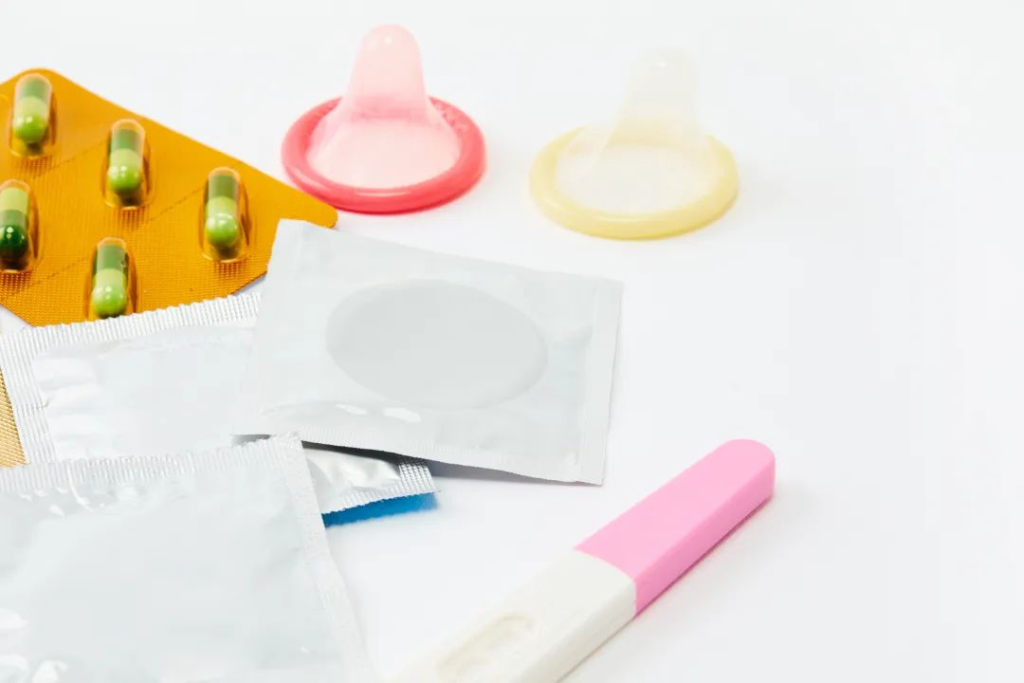Short-Acting Contraceptives: The Pill With 98% Success Rate


With the development of the times and the progress of technology, people’s concept of fertility is also changing. More and more women are choosing to postpone childbirth either because of their careers or because they are considering eugenics.
Adopting appropriate contraceptive methods, family planning and avoiding unwanted pregnancies are issues that every woman encounters.
What are the current contraceptive methods

General contraceptive measures can be divided into two categories: long-acting contraceptive methods include male and female sterilization, intrauterine devices and subcutaneous implants; short-acting contraceptive methods mainly include oral contraceptive pills, injectable contraceptive injections, topical pills and condoms.
Most people choose short-acting contraceptives, especially condoms and the pill, followed by IUDs, for their contraceptive methods.
Classification of oral contraceptives
Oral contraceptives can be divided into three categories: long-acting, short-acting and emergency contraceptives. The difference between the three types of contraceptives is that the short-acting pill needs to be taken every day, the long-acting pill is taken once a month, and the emergency contraceptive pill is usually taken once within 2 hours after intercourse and again at 12-hour intervals.
Considering that the adverse effects of long-acting contraceptive pills are generally greater, they are now basically not recommended, while the failure rate of emergency contraceptive pills is around 20% and the adverse effects are also greater, they are also not recommended for regular contraception. Short-acting pills, on the other hand, can have a success rate of over 98% if taken normally.
How to choose short-acting contraceptive pills
The world’s first short-acting contraceptive pill was Enovid, which was marketed in the United States in 1957 and has been continuously optimized because of its high estrogen content and side effects.
Currently, most of the pills in use are third-generation oral progestin contraceptives. Because it is easy to use, has few adverse effects, and does not interfere with sexual life, about 100 million women worldwide are currently taking oral contraceptives every day.
① Advantages of short-acting contraceptives
In a multicenter study in 1992, 11,231 women of gestational age used short-acting contraceptives, with 2 drug failures and 4 use failures, with a contraceptive effectiveness of over 99.9%.
In contrast, a large-scale effectiveness and safety study found that the incidence of drug-related discontinuation of short-acting contraceptives was <5%, and most women using short-acting contraceptives did not experience significant changes in body weight.
Considering the high contraceptive success rate of short-acting contraceptives, the acceptance rate of those who use the pill is high and the adverse effects are low. And long-term use can also alleviate acne and hirsutism, dysmenorrhea symptoms, reduce the probability of pelvic inflammatory disease, endometrial cancer, ovarian cancer, etc.
②Adverse effects of short-acting contraceptives
As we all know, there are two sides to a drug, and there are bound to be certain adverse reactions along with the treatment.
Although short-acting contraceptives have small adverse reactions, they can still occur. The common ones include irregular menstruation, early pregnancy reaction, obesity, increased leucorrhea, butterfly spots, mental depression and high blood pressure.
Therefore, oral contraceptives are not recommended for women of childbearing age with hypertension, a history of venous thromboembolism and family history. For those who, during the course of taking the pill, develop depressive tendencies, it is recommended to stop the pill immediately.
Conclusion
Whether you choose oral short-acting contraceptive pills or other forms of contraception, it is important to raise your awareness of contraception, reduce unwanted pregnancies and abortions to protect women’s physical and mental health.